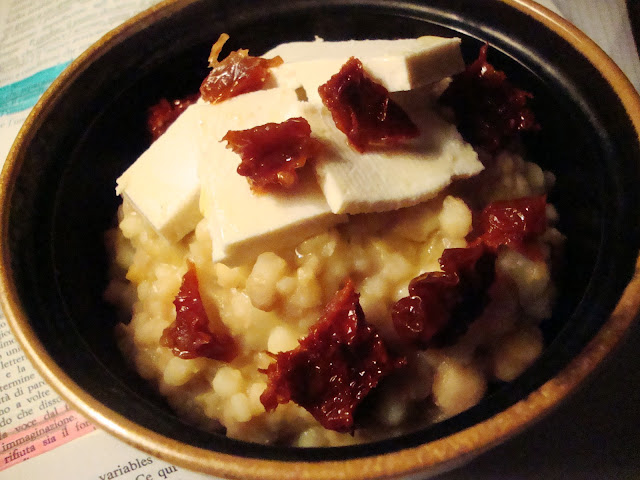It is its dark, deep, ink-like colour, with garnet beams, to
communicate me that an important wine is jumping out from the bottle tonight,
its first visit of the outside, oxidising world in seven years. Last time he
breathed the fresh air of the outside was in Barolo, Cascina lo Zoccolaio,
where it had been bottled in 2005. From then on, only minute puffs through the
cork, a cork for ¾ penetrated by the wine itself, sign of the liquid’s
eagerness to escape.
Such a haste needs time to ponder, to breathe. Nonetheless I
poured a small glass straight after opening the bottle and the wine seemed
already there, pungent, profound, with a deep dark, ripe plum surrounding the
nose and a strong note of tobacco providing a line of flight from such a profundity.
Two hours later the tobacco has become much softer, letting some leather and
vanilla and perhaps balsamic feelings emerge. Simultaneously the dark plum has
been complemented by a joyful dark cherry, as if in these few hours of proper breathing
the wine has adapted to the atmosphere of the night, stretching itself, and now
is in perfect shape, almost jumping out of the glass, absolutely not intimidated
by the age.
The mouth is full, plumy, the sweetness balanced by constant
acidity, to open a slightly dark chocolaty after taste, only hinted at,
throughout a pleasurable persistency of ripe red fruits. The tannins, slightly
overwhelming and dusty after opening the bottle, have now become softer, and carpet
the palate subtly.
It is a wine ready if there ever was, perfectly mature, certainly
with some ageing potential still, although the risk of losing such a frantic
freshness would advise against
forgetting it in the cellar for too long. This Suculé engaged in a difficult
relation with a blackberry and pig cheek risotto, whose sweets undertones didn’t
quite manage to match its vibrancy. It loved much more some Norcia sausages who,
just like it, were dark on the outside and lively purple and fresh in the
inside.
Overall a seriously good wine experience, for an extremely
reasonable price (14£).








